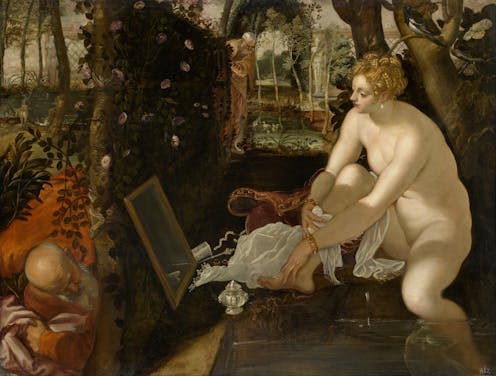Ways of Seeing at 50: an icy blast of a book about male voyeurism, art, capitalism and so much more
- Written by Joanna Mendelssohn, Principal Fellow (Hon), Victorian College of the Arts, University of Melbourne. Editor in Chief, Design and Art of Australia Online, The University of Melbourne

I still remember the shock when I first saw John Berger’s television series, Ways of Seeing, in 1972. In the years before Australia had colour television BBC art programs were often screened at the Art Gallery of NSW. (Previously the same venue had shown Kenneth Clark’s Civilisation).
Ways of Seeing was like a blast of icy water – Berger stripped away the gloss to expose the capitalist ideology behind polite narratives, such as Clark’s, tracing the rise of western culture.



